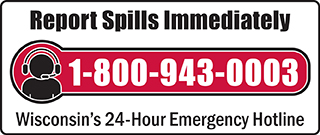Meth lab/clandestine drug lab information
Methamphetamine (meth) made in makeshift laboratories, such as rented apartments or hotel rooms, may cause contamination of indoor air and property and pose a risk of fire or explosion. When law enforcement officials seize a meth lab, containers and bulk amounts of chemicals and waste are removed, but chemicals and residues may remain.
Funding For Meth Lab Cleanups
Police, fire and law enforcement officials may contact the U.S. Drug Enforcement Administration (DEA) or a licensed contractor for assistance with removing the bulk chemicals and waste. If the DEA receives the initial request, it may pay for the associated removal and disposal costs.
If a local government conducts a meth lab cleanup, the U.S. Environmental Protection Agency’s Local Government Reimbursement Program [exit DNR] may provide up to $25,000 per incident for responding to the release, or threat of release, of a hazardous substance.
State Contractors
Communities may hire contractors using the DNR’s Emergency Zone Contract [PDF] to clean up meth labs, even when the DNR is not involved with the cleanup.
Communities hiring contractors through the DNR's Emergency Zone Contract are solely responsible for the cost of services performed by the contractor and should notify the DNR about the cleanup.

